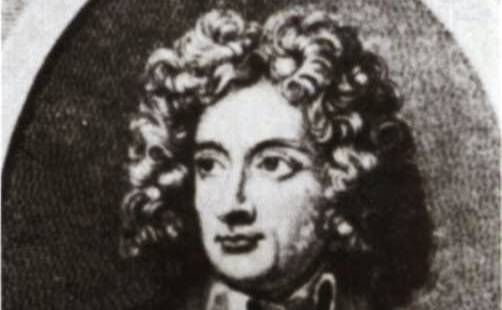Belissarios Korensios–Painter

Belisario Corenzio was born in 1558 in Kyparissia, Messenia, from where he left at 12. He was a Kourentsis (or Korentsis) family member who had developed espionage against the Ottomans. Specifically, the members disguised themselves as merchants on confidential missions to Constantinople, the Ionian Sea and the Peloponnese, gathering information about the Ottoman army on behalf of the Spanish Viceroys of Naples and Sicily. In fact, various documents show that they had given information to the Spanish about the Turkish campaign and the siege of Malta in 1565.
Belissarios Corencius settled in Italy and studied in Venice under the great Tintoretto, one of the greatest painters of his time. Soon, he became famous, and everyone talked about the Greek painter. He came for a while to Greece. Seeing, however, that his value was not recognised, he returned, in 1590, to the great Spanish-occupied artistic centre, Naples. There, he created a school with many students while, at the same time, he collaborated with the well-known artists Diego Rivera and Giovanni Caracciolo, creating a powerful trio. The support of both the Spanish Court and the main religious orders of the city allowed Belissario Corencio to undertake and execute a large number of orders in the Palace of Naples, the Pawn Shop, the Court House, noble houses, as well as the Jesuit churches, the Theatians, the Oratorians, etc.
In 1609, the Benedictine monks commissioned Belissarios Korensios to decorate the church of Saints Severinos and Sosios, while in 1615, he created the fresco that adorned the dome of the arch of the church of Saint Mary in Constantinople. Also, in 1629, he painted the fresco of the dome of Monte Cassino, which was unfortunately "lost" during the bombardment of 1944. For many years, "Belisario", as he was known in his time, worked in the church of Santa Maria La Nova, while he also created four ceiling frescoes in the church of Santa Maria de Popolo. His works can also be seen in the church of Agia Patricia.
Belissarios Korensios was the most productive painter of Naples and the broader region from the last decades of the 16th century to the middle of the 17th century. A contemporary of Domenikos Theotokopoulos (El Greco), he worked primarily in Spanish-occupied Naples, where he left an extensive production of fresco ensembles, oil paintings and drawings. The works of the Kyparissios painter are awe-inspiring with their colours, especially the "Multiplication of loaves and fishes" with 117 faces. One of his greatest works is the "Feeding of the Five Thousand" in the Benedictine refectory, which he completed in just forty days. As a whole, his works are basically an illustration of religious and political subjects. At the same time, the painter's style initially draws from Late Roman Mannerism and then uses some of the first formulations of the Classicist trend.
Belissarios Corencius was married to Violanda Mora, and together, they had three children: Julius Caesar, Victoria and Constantine. He died in 1643 (at the age of 85) after falling from a high scaffolding while correcting one of his frescoes in the church of Agios Severinos and Sosios. The whole of Naples attended his funeral, and he was buried in the Greek Orthodox church of Agios Pavlos, which he had designed with the inscription "Arkada" (today's Kyparissia). In conclusion, let us mention that in August 2019, the bust of the painter was unveiled in the "Alekos Papadopoulos" Cultural Hall in his hometown, Kyparissia.



